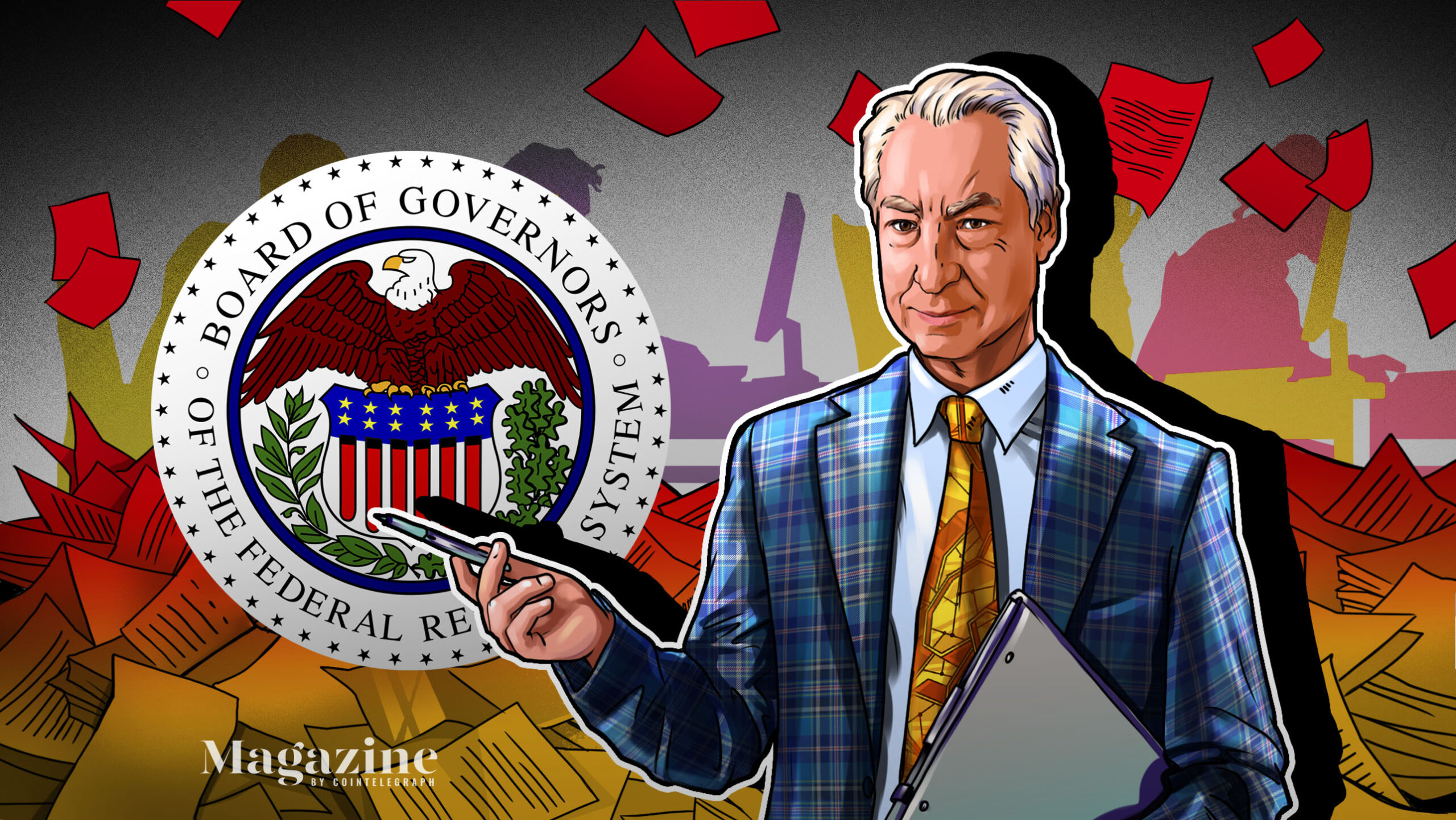This month, the Board of Governors of the United States Federal Reserve System issued its widely anticipated report on the nation’s possible use and a
This month, the Board of Governors of the United States Federal Reserve System issued its widely anticipated report on the nation’s possible use and adoption of digital currencies for its financial system. The document is titled “Money and Payments: The U.S. Dollar in the Age of Digital Transformation,” and true to its name, the paper is transformative.
Powers On… is a monthly opinion column from Marc Powers, who spent much of his 40-year legal career working with complex securities-related cases in the United States after a stint with the SEC. He is now an adjunct professor at Florida International University College of Law, where he teaches a course on “Blockchain, Crypto and Regulatory Considerations.”
For those who are regular readers of this column, in December, I identified the top five events in blockchain in 2021. One of those was the comments from Fed Chairman Jerome Powell on his openness to digital assets and a possible co-existence of Fed legacy money and financial systems and cryptocurrencies. He stated in public hearings that there was no current need to ban crypto and that he saw value in stablecoins, if properly regulated.
I also opined in that column that the Fed’s endorsement and issuance of a central bank digital currency seemed to be forthcoming. Well, that is precisely what the report says, though there is typical hedging with disclaimers and Washington doublespeak. Given the significance of the U.S. creating and adopting its own CBDC, the paper is worth highlighting.
The Federal Reserve System and a CBDC
Before getting into the paper’s content, let’s see how the Fed self-identifies:
“The Federal Reserve System is the central bank of the United States. It performs five general functions to promote the effective operation of the U.S. economy and, more generally, the public interest.”
Those five functions are: 1) conducting the nation’s monetary policy, 2) promoting the stability of the financial system, 3) promoting the safety and soundness of individual financial institutions, 4) fostering payment and settlement system safety and efficiency, and 5) promoting consumer protection and community development.
The paper is meant to be the “first step” in a public discussion between the Fed and stakeholders about CBDCs, which it defines as a “digital liability of a central bank that is widely available to the general public.” The paper cautions that it “is not intended to advance any specific policy outcome,” but the publication of the paper itself does just that. Most often, simply raising an issue has the effect of increasing recognition and acceptance of the topic.
The paper identifies three forms of money: central bank money, commercial bank money and nonbank money. Fed money has no credit and liquidity risk, bank money has some, and nonbank has the most because it is not subject to rigorous rules and supervision and cannot offer Federal Deposit Insurance Corporation insurance on deposits. Related firms like PayPal conduct balance transfers on their own books using various technologies, such as mobile apps.
Central bank money is a liability of a central bank, commonly known as “fiat” or “sovereign” currency, and can exist in physical form like banknotes or as digital balances held by commercial banks at the Federal Reserve. Bank money is generally deposits commonly used by the public and can be in digital form. While there have been improvements in recent years to the traditional, or legacy, financial system — such as the digital real-time payments network and planned debut of the FedNow Service in 2023 — the paper recognizes there are still challenges. One is in the area of cross-border payments, which presently have slow settlement times, high fees and limited accessibility.
Another challenge is the significant number of Americans still, in 2022, lacking access to digital banking and payment services. Over 5% of U.S. households, or over 7 million Americans, remain unbanked, even though that percentage has decreased from 8.2% over the past 10 years.

Some of the explanations given by unbanked people include that they lack sufficient funds to meet the minimum deposit to open a traditional bank account, distrust banks, have privacy concerns or that bank fees are too high. All of these seem strikingly similar to the reasons given by Satoshi Nakamoto back in October 2008 for creating the Bitcoin blockchain. The Fed’s paper also states that an additional 20% of households have accounts with banks but rely on more costly financial services such as check-cashing services, payday loans and money orders. That totals an astonishing 35 million Americans either unbanked or underbanked!
Given the challenges, the paper discusses the recent use of digital assets with money-like characteristics, such as cryptocurrencies and stablecoins. Significantly, it references the President’s Working Group on Financial Markets’ report released last…
cointelegraph.com
